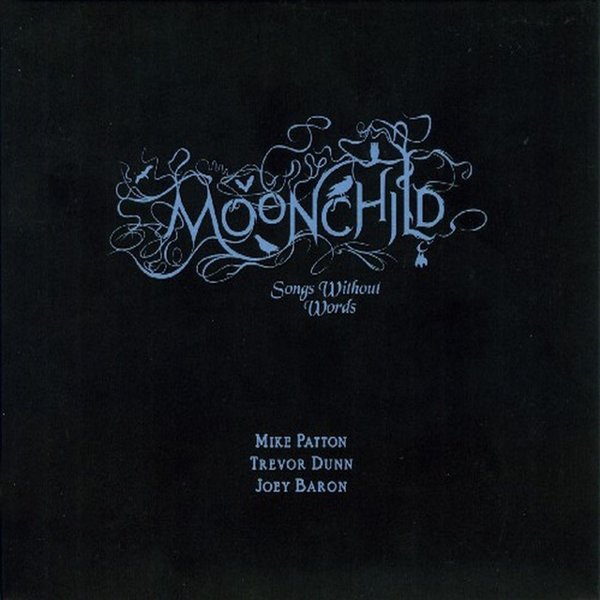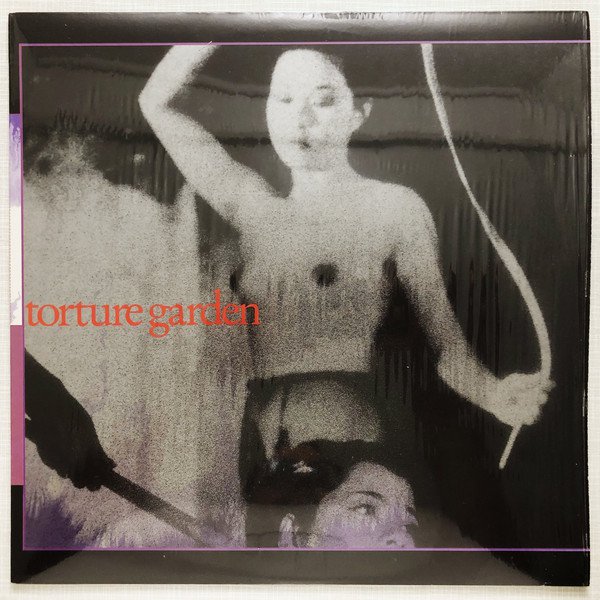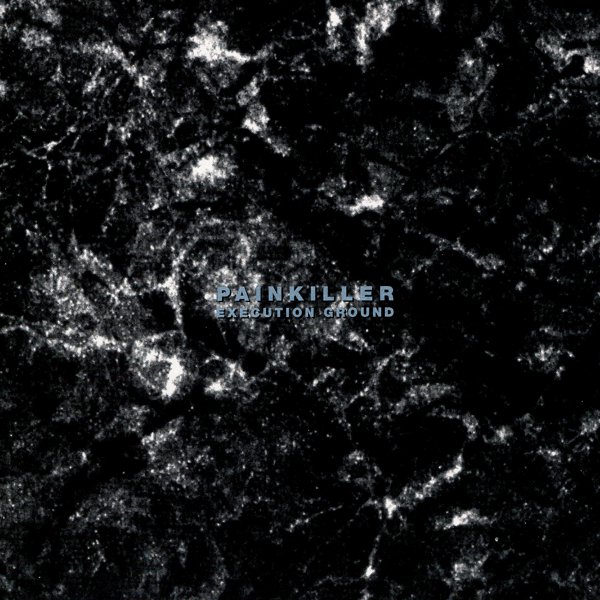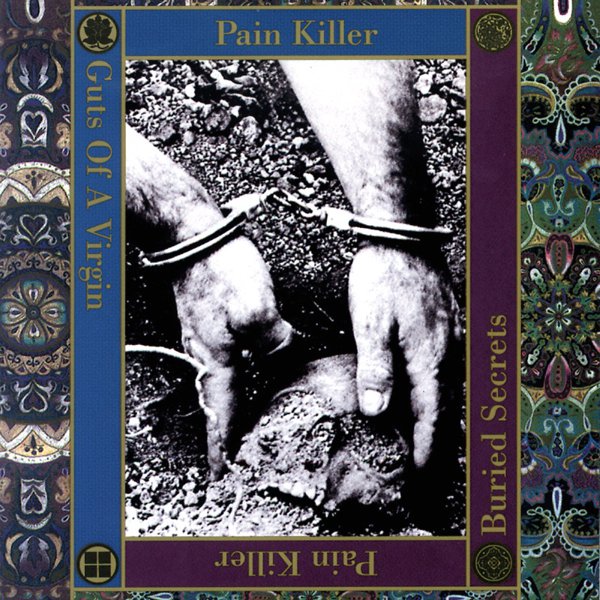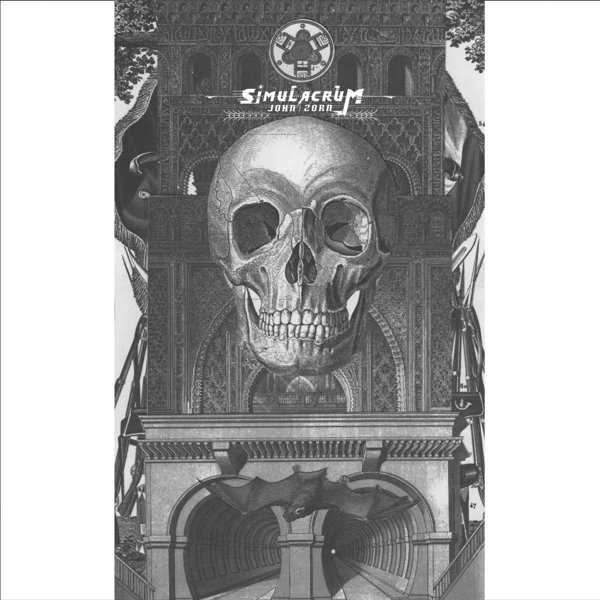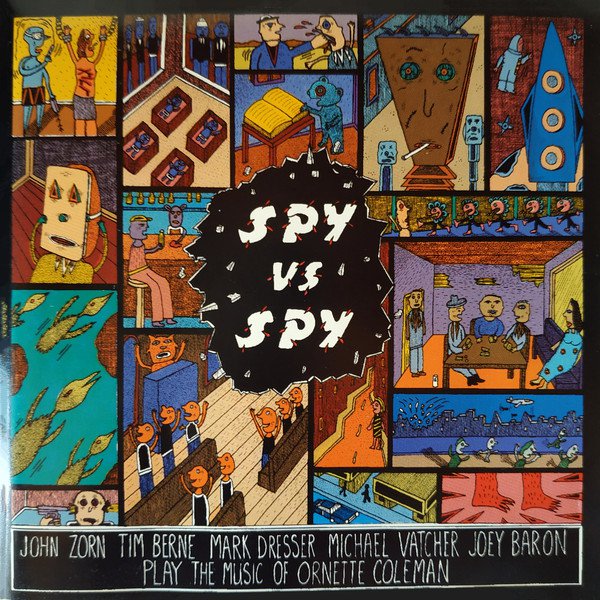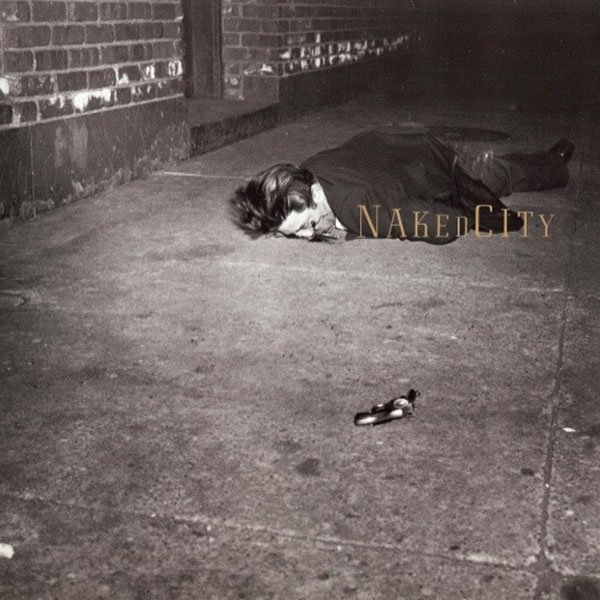Saxophonist and composer John Zorn has traveled a long way from the dry structured-improvisation exercises he presented in New York’s jazz lofts and other underground performance spaces in the late 1970s. The collage style of composition he began to explore on albums like 1985’s The Big Gundown (rearranging the film music of Ennio Morricone, and earning the maestro’s approval in the process) and 1987’s Spillane earned him a cult audience and a small but fervent school of critical admirers.
Zorn has admirably broad and ecumenical taste and a legendarily vast record collection, and creates work that ignores genre boundaries. Since the late 1980s, he has periodically formed groups for which he will compose a book of pieces, disbanding each ensemble when it seems to have exhausted its potential.
The first and best known of these was Naked City, a quintet of Downtown all-stars — guitarist Bill Frisell, keyboardist Wayne Horvitz, bassist Fred Frith, and drummer Joey Baron — often fronted by Boredoms vocalist Eye Yamatsuka. Zorn treated the group as a compositional workshop, creating original pieces that leapt rapidly from perfect imitations of country, surf music, reggae or jazz to blasting grindcore outbursts, some less than ten seconds long. These were placed alongside comparatively straightforward arrangements of movie scores and modern classical pieces by Charles Ives, Olivier Messiaen, Alexander Scriabin and others.
Naked City existed from 1988 to 1993 and made six studio albums. Most were collage-style, like the debut, but 1992’s Leng Tch’e was a single 32-minute piece in a doom metal style, and 1993’s Absinthe was a quiet, ambient noise work. As the project was winding down, Zorn formed a new trio, Painkiller, with bassist Bill Laswell and Napalm Death drummer Mick Harris. Their music combined grindcore, dub and screaming saxophone. Painkiller’s debut EP, Guts Of A Virgin, initially featured an autopsy photo of a murdered pregnant woman (and her fetus) on its cover; UK customs seized and destroyed it for violating the Obscene Publications Act. Their second, Buried Secrets, featured guest appearances from Justin Broadrick and G.C. Green of Godflesh, and 1994’s Execution Ground was a two-CD set showcasing longer, more slickly produced compositions and a second disc of “ambient” remixes.
Between 1994 and 1997, Zorn led and composed for the quartet Masada, which featured trumpeter Dave Douglas, bassist Greg Cohen, and drummer Joey Baron. That ensemble’s ten studio albums (plus a two-CD collection of outtakes, and a clutch of live releases) combined Jewish scales with the improvisational principles at work in the music of Ornette Coleman. Though that group disbanded, Zorn has subsequently written hundreds more compositions in the ever-expanding “Masada book,” which have been performed by a wide range of ensembles and even soloists.
At century’s end, Zorn returned to heavy/aggressive music with Bladerunner, a quartet that included Fred Frith on guitar, Bill Laswell on bass, and Slayer drummer Dave Lombardo. Though they only played about a half dozen concerts and never made a full album, three tracks (including two with Marc Ribot on second guitar) can be heard on 1999’s Taboo And Exile.
His next rock-oriented project was Moonchild, which launched in 2006. A trio featuring Faith No More/Mr. Bungle vocalist Mike Patton, bassist Trevor Dunn, and Joey Baron on drums, they made seven albums that ran the gamut from jagged, pounding noise-rock featuring non-verbal mouth sounds (on Six Litanies For Heliogabalus, Patton gives an impression of a man choking to death that may nauseate some listeners) to dark, heavy prog rock with actual lyrics.
In 2015, Zorn summoned keyboardist John Medeski, guitarist Matt Hollenberg, and drummer Kenny Grohowski, dubbing the trio Simulacrum. The instrumentation was straight out of classic jazz (think Jimmy Smith, Big John Patton, et al.), but the music combined psychedelic fusion with the crunch of death metal. They made eight studio albums and one live disc in six years, including the brain-scrambling Baphomet, which contained a single 39-minute composition. In 2021, Zorn added a second keyboardist, Brian Marsella, to Simulacrum, dubbing the new group Chaos Magick. They’ve released two albums to date, and more are sure to follow. He’s also combined personnel — Hollenberg and Grohowski from Simulacrum/Chaos Magick, and Dunn from Moonchild, plus second guitarist Julian Lage — into the instrumental rock act Insurrection, who also have two albums to their name so far.

